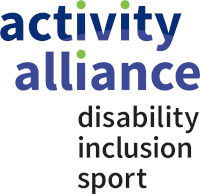Title
Incentives and physical activity (Vitality)
Research Area
Tackling Inactivity
Author
Hafner, M et al; RAND Corporation
Summary of Findings
This study uses anonymised data provided by Vitality about their customers on two reward programmes across three different countries. All individuals are part of the 'Active Rewards' incentive but not all have chosen to take up the Apple Watch benefit. This benefit allows customers to purchase an Apple Watch by making monthly payments towards the overall cost. The payment required however varies depending on the level of activity recorded by the individual so the more active they are, the less the monthly cost.
Those choosing to participate in the Apple Watch incentive had, on average, an additional 4.8 days of activity per month and a 34% increase in the tracked number of activity days. During this period there appeared to be an increase in intensity of activity as well as an overall increase in levels. Activity levels seemed to be affected for the duration of the repayment period but further research is needed to see if it continues beyond this.
Deeper analysis of the data found that obese/inactive individuals were less likely to choose the Apple Watch incentive however, when they did engage, they seemed to record greater overall changes in activity levels.
The researchers cite the 'loss-framed incentive' nature of this scheme as key to its effectiveness.
Implications
Research suggests incentives can increase frequency of activity as well as intensity of activities completed. Potentially a consideration in any project/programmes trying to encourage activity.
.png)













